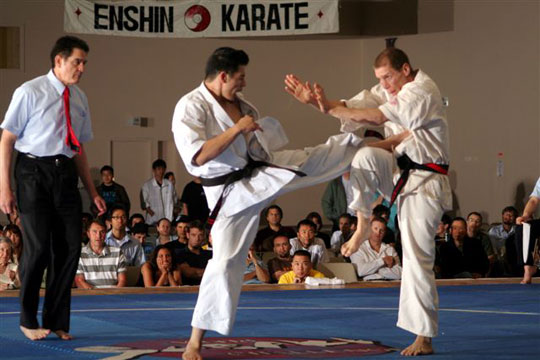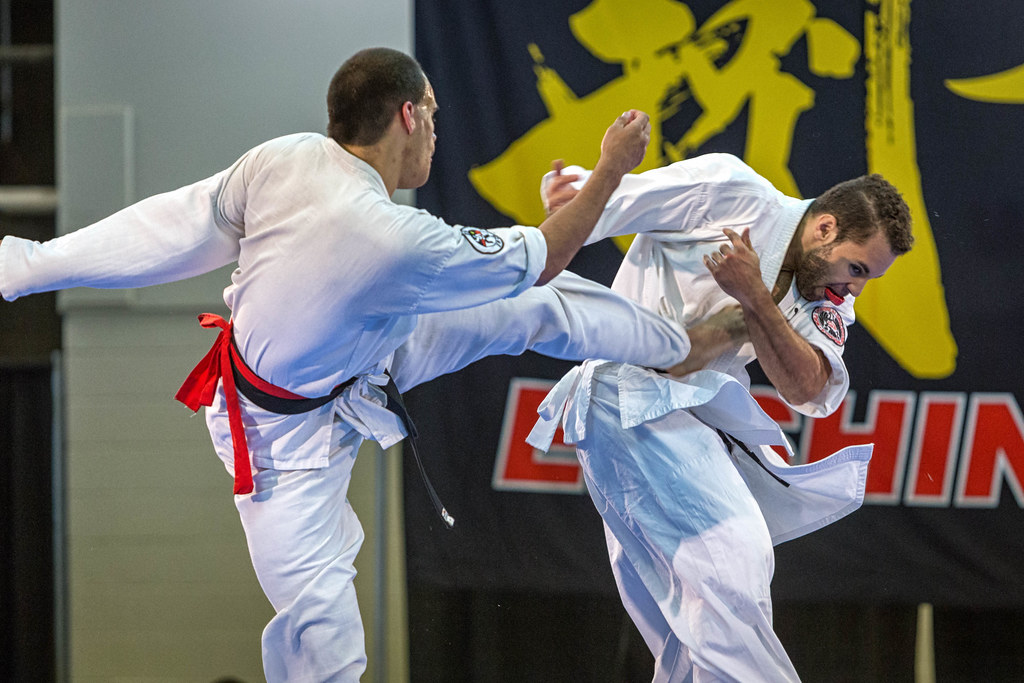
Even though Keaton is extremely successful as an insurance investigator, his dream is to continue his archaeological research into the possible origins of an ancient European civilization in the Danube river basin.Ĭharacters Taichi Hiraga-Keaton ( 平賀=キートン・太一, Hiraga-Kīton Taichi) Voiced by: Norihiro Inoue (Japanese) Ted Cole (English) A British National who works as a freelance insurance investigator in London, and occasionally as a visiting lecturer at universities. In addition to his work for Lloyd's, Keaton and his friend Daniel O'Connell operate their own insurance investigation agency headquartered in London. His combat training serves him in good stead as an insurance investigator for the prestigious Lloyd's of London where he is known for his abilities and his unorthodox methods of investigation. After leaving Oxford, Keaton joined the British Army and became a member of the SAS, holding the post of survival instructor and seeing combat in the Falklands War and as one of the team members that responded to the Iranian Embassy siege. The couple years later divorced, with Keaton leaving his five-year-old daughter Yuriko in her mother's care. As an adult, he studied archeology at Oxford University, in part under the tutelage of Professor Yuri Scott.Īt Oxford, Keaton met and later married his wife, who was a mathematics student at Somerville College. Keaton's parents separated when he was five, and young Taichi moved back to England with his mother. The story revolves around Taichi Hiraga-Keaton, the son of Japanese zoologist Taihei Hiraga and well-born Englishwoman Patricia Keaton. Viz Media released the manga in North America from 2014 to 2017. The anime and OVA series were dubbed into English and released in North America by Pioneer Entertainment from 2003 to 2004. Set 20 years after the original series ended, it ran in Big Comic Original from 2012 to 2014 and was collected into a single volume.Īs of 2014, Master Keaton had 20 million copies in circulation, making it one of the best-selling manga series. Naoki Urasawa and Takashi Nagasaki created a sequel to the series, titled Master Keaton Remaster. An additional 15 episodes were created and released as original video animations (OVAs), bringing the total to 39 episodes.

It was serialized in Big Comic Original from 1988 to 1994, with the 144 chapters collected into 18 tankōbon volumes by Shogakukan.Īn anime adaptation was created by Madhouse, with 24 episodes airing from 1998 to 1999 in Japan on Nippon Television. Ashihara Karate, in concept and practice, is based on humanity, – “ Ninjo Karate.Master Keaton ( Japanese: MASTERキートン, Hepburn: Masutā Kīton) is a Japanese manga series created by Hokusei Katsushika, Naoki Urasawa, and Takashi Nagasaki. Making this a sincere belief is the way of mankind. Technique rather than force, spirit rather than technique. It is something that enable people who learn karate to further develop their character thus each person is able to make a marvellous contribution to society. Karate is not something with which to win a competition, nor is it something to make a strong exponent stronger still on a much larger scale it teaches the WAY OF HUMANITY. A true Karate-ka seeks balance and harmony in his or her life the karate-ka develops a strong body and spirit so as to better serve others.

A karate-ka deals fully with the present moment, being totally absorbed in one action only.

Karate is also a way of life, a way of being. Each season gives its own flavour to karate training, and each season imposes its own challenges to our physical and mental abilities. It can be practised in the hot sun or in the deep snow.

Karate can be practised in the dojo as well as outdoors. Karate is a Martial Art, with a unique history, philosophy and set of techniques. From Japan, karate now has spread across the world. It was here in Japan that it was popularised. From there it spread to Okinawa, where it was developed and systemised, finally moving to Japan, where it formally introduced in 1922 by the Okinawan master Gichin Funakoshi. It is generally accepted that the forerunner of karate originated in India and went to China through the teachings of the Buddhist monk Bhoddidharma (Daruma Taishi). Depending on which source you refer to for a background on the Martial Arts, you may find many different versions.


 0 kommentar(er)
0 kommentar(er)
